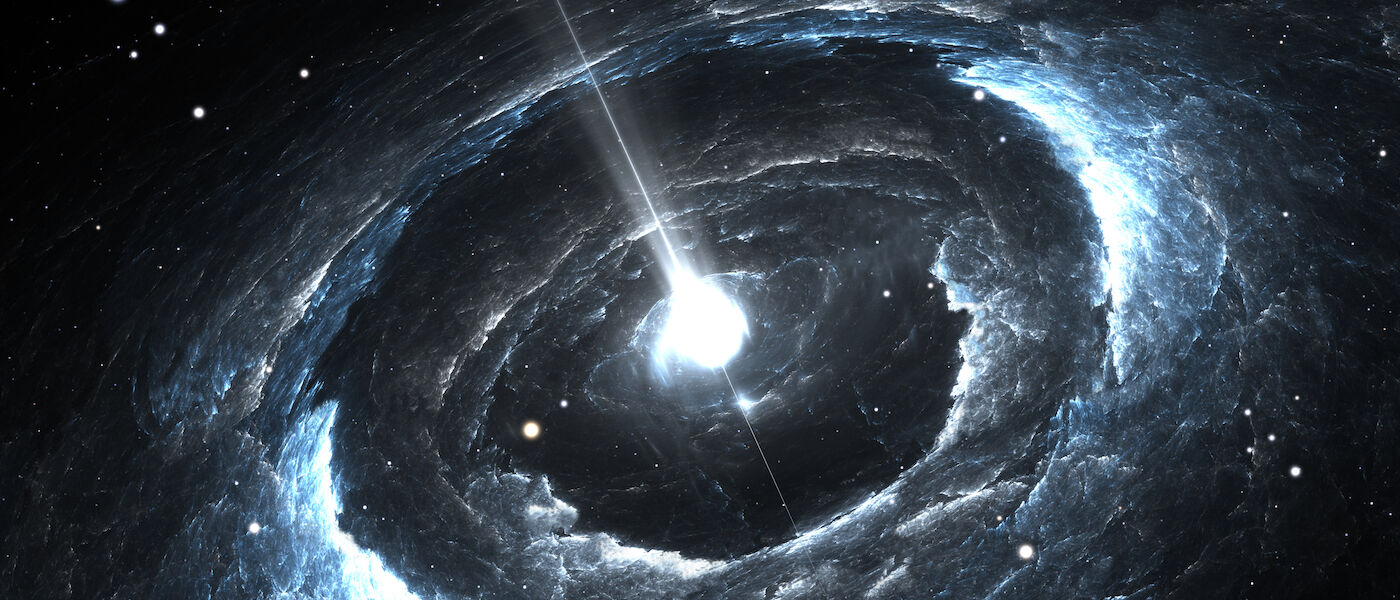We may have detected the first black hole and neutron star collision

And the hits just keep on coming! Three observatories designed to measure gravitational waves may have just detected the first collision between a black hole and a neutron star.
The observatories are LIGO (Laser Interferometer Gravitational-Wave Observatory) in Washington and Louisiana, and the Virgo detector in Italy. As you may have read about in our post last December, these observatories detect when black holes and neutron stars collide (neutron stars are very dense stars that were not massive enough to become a black hole).
The observatories don’t watch these collisions happen, though. When these super dense objects orbit around each other, they start to spin faster and faster as they are drawn together by gravity. When the objects collide, a huge wave of energy is released called a gravitational wave. Gravitational waves travel through space and when they reach Earth, can be detected by LIGO and Virgo.
While there have been 13 black hole collisions and two neutron star collisions detected by LIGO since it began in 2015, this is the first time a black hole colliding with a neutron star has been observed! Unfortunately, this signal is very weak. Patrick Brady, physicist and spokesperson for the LIGO Scientific Collaboration, compared it to “listening to somebody whisper a word in a busy café.” It will take time for scientists to further analyze the signal, and hopefully collect more, to be sure that it indeed came from a black hole and a neutron star.
Why are we looking for these gravitational waves? Observatories like LIGO and Virgo can help us to understand where the collisions are occurring in the universe and what objects are colliding. This can lead us to learning more about how the universe and things like supermassive black holes are formed.
Interested in learning more about black holes? Stop by our thrilling show, “Black Holes,” playing all weekend in the Jennifer Chalsty Planetarium, the biggest planetarium in the Western Hemisphere. Click here to learn more.
